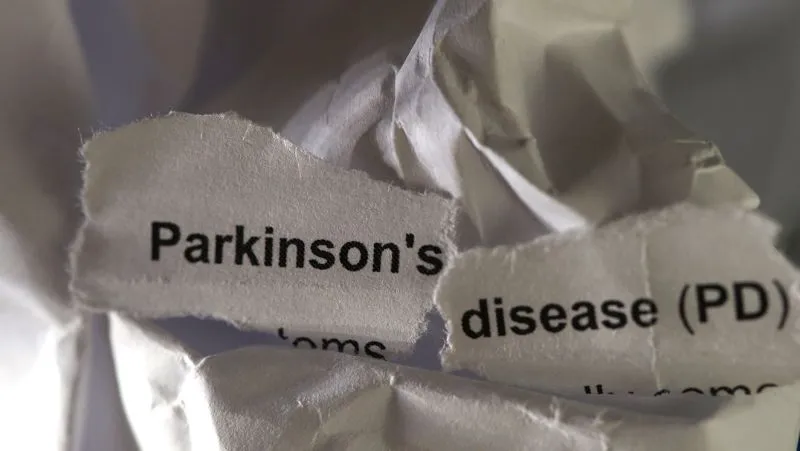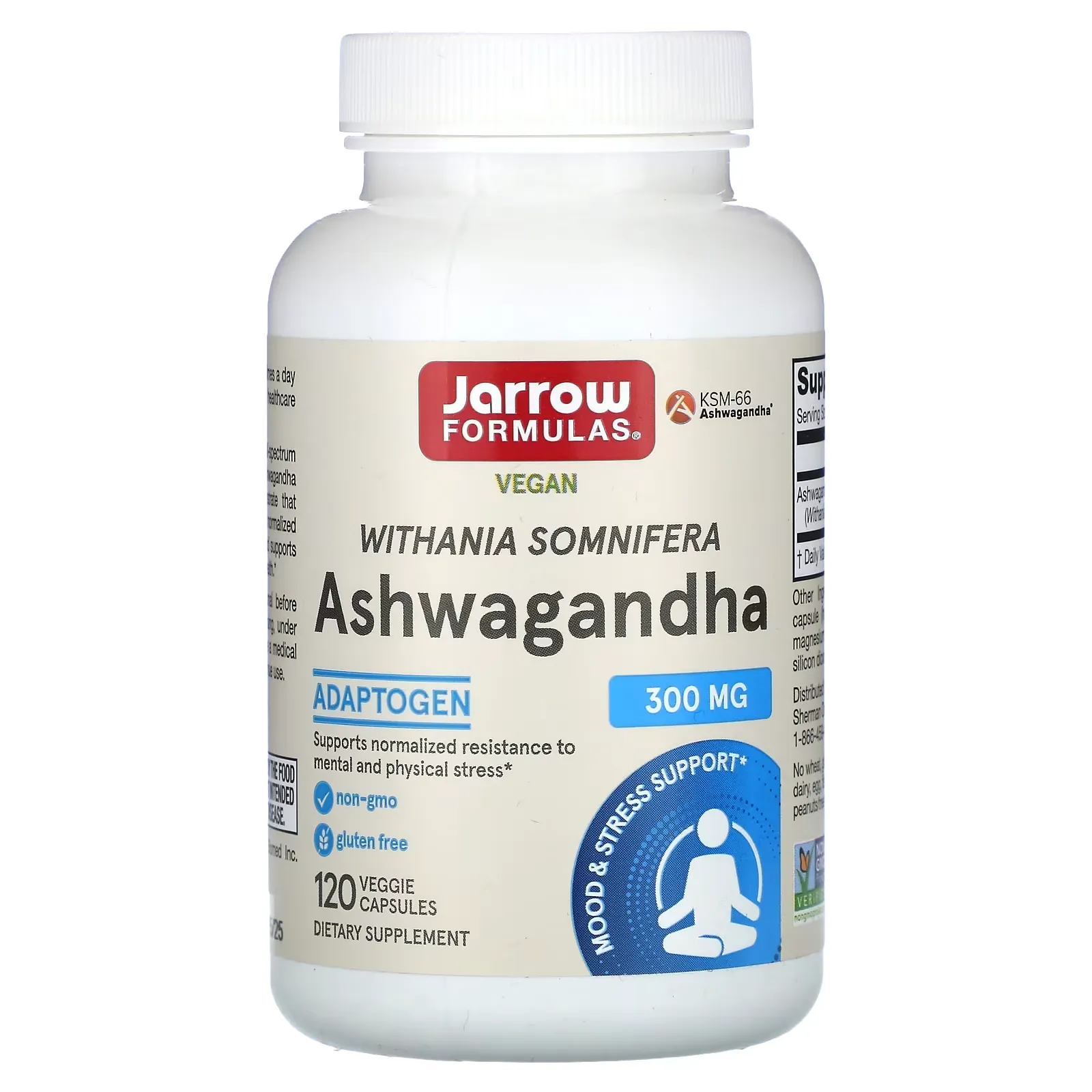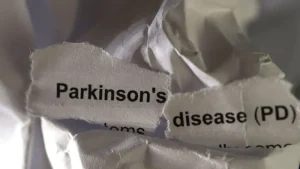Spoilers for this article
- ashwagandha (type of Indian cactus)The extract may exhibit neuroprotective effects in Parkinson's disease through enhanced antioxidant enzyme activity and improved neurotransmitter content.
- In experiments with rats,ashwagandha (type of Indian cactus)Extracts showed ameliorative effects in neurobehavior and biomarkers.
- If extensive clinical trials and research are conducted in the future,ashwagandha (type of Indian cactus)The extract is a promising new option for the treatment of Parkinson's disease.
There are only a limited number of treatments for Parkinson's disease,ashwagandha (type of Indian cactus)is an option."
'With natural ingredients.antioxidant actionhavesupplementI'm looking for."
'The effect of Parkinson's disease symptoms is alleviated.ashwagandha (type of Indian cactus)I'm looking into it because I heard it's in the
This time it is for these people.
Naturally derived ingredients for Parkinson's disease sufferersashwagandha (type of Indian cactus)andneuroprotective effectIt may bring about a
Details of the effects of the latest research will be explained in an easy-to-understand manner.
What is ashwagandha in the first place?

ashwagandha (type of Indian cactus)(scientific name: Withania somnifera Dunal) has been used for thousands of years in Ayurveda, the traditional medicine of India, to treat both physical and mental health problems.stressThe herb has been used as an effective medicine, tonic, and even aphrodisiac.
Nowadays, the effectiveness of these products has been proven by modern science through various clinical studies, and they are attracting attention.
The fruit is an evergreen shrub of the eggplant family. The name comes from the horse's (ashwa) smell (ganda).
Some say it is named after the robust vigor of horses.
▼Recommended Articles

Basic information about the paper
The paper presented in this issue ofNeuroprotective effect of Withania somnifera (ashwagandha) on 6-hydroxydopamine-induced Parkinson's disease in rats.(Japanese translation)".

| (data) item | Contents |
|---|---|
| Title. | Neuroprotective effects of Withania somnifera on 6-hydroxydopamine induced Parkinsonism in rats |
| author (usu. of a particular book, etc.) | Muzamil Ahmad, Sofiyan Saleem, Abdullah Shafique Ahmad, Mubeen Ahmad Ansari, Seema Yousuf, Md Nasrul Hoda, Fakhrul Islam |
| Magazines | Hum Exp Toxicol |
| Year of Publication | 2005 |
Introduction.
The background of the study is presented below.
Research Background
- What is Parkinson's disease?
- 6-hydroxydopamine (6-OHDA)-induced rat model
- ashwagandha (type of Indian cactus)(Withania somnifera)antioxidant actionand its application to pathological conditions
What is Parkinson's disease?
Parkinson's disease is,A disease that causes a gradual decrease in the number of nerve cells in the brainThe following is a list of the most common problems with the
In diseases affecting the central nervous system,Lack of the neurotransmitter dopamine (dopamine)The disease is caused by
The cause is not fully understood.but genetic and environmental factors are believed to be involved.
Typically, Parkinson's disease is treated with drugs that increase dopamine or stimulate dopamine receptors.
However, current treatments only alleviate symptoms, and a fundamental cure has not yet been established.
6-hydroxydopamine (6-OHDA)-induced rat model
6-hydroxydopamine (6-OHDA)-induced rat modelis often used in studies of Parkinson's disease.
- 6-hydroxydopamine (6-OHDA)
-
Neurotoxic chemicals.
It particularly affects dopamine and noradrenaline neurons.
In a rat model commonly used in Parkinson's disease research, this chemical causes damage to dopaminergic neurons,It produces symptoms similar to those of Parkinson's patients.
Dopamine" is dopamine.
- dopamine
-
A type of neurotransmitter produced in the brain.
It plays an important role in the sensation of pleasure and reward.
Dopamine is also involved in the regulation of motor function, and patients with Parkinson's disease have decreased production of dopamine, which can cause movement disorders and tremor.
Dopamine is synthesized from L-DOPA, which is produced by tyrosine hydroxylase (TH) and may be further converted to noradrenaline or adrenaline.
In this model, 6-OHDA is oxidized in the brainstresscauses the
This causes the destruction of nerve cells, which reproduces the symptoms of Parkinson's disease.
In essence, you are intentionally preparing mice with Parkinson's disease.
Antioxidant activity of ashwagandha (Withania somnifera) and its application in pathological conditions.
ashwagandha (type of Indian cactus)is a plant native to India that has long been used in traditional medicine called Ayurveda.
ashwagandha (type of Indian cactus)school (e.g. of ikebana)antioxidant actionand oxidationstressThis helps to prevent cell damage caused by
Therefore, theashwagandha (type of Indian cactus)isIt protects nerve cells and is expected to be applied to Parkinson's disease and other neurological disorders.
The familiar "Let's use science to prove the efficacy of traditional medicine!"
research methods
Research methods will be explained.
research methods
- ashwagandha (type of Indian cactus)Administration of extracts
- 6-OHDA injection and sham surgery group procedures
- Neurobehavioral Assessment and Biomarker Testing
Administration of ashwagandha extract
In this study, rats were exposed toashwagandha (type of Indian cactus)Extracts were administered orally.
pitchingDoses were administered at three different concentrations of 100, 200, and 300 mg/kg for three consecutive weeks.I did.
6-OHDA injection and sham surgery group procedures
Twenty-one days after administration, 6-OHDA was injected into the rat brain,It created the symptoms of Parkinson's disease.
The sham surgery group, on the other hand, underwent the same procedure without the injection of 6-OHDA.
- Siamese operation
-
A sham surgery in which the same process as the actual surgery is performed, but without the therapeutic effect of the surgery itself.
In research, to evaluate the effectiveness of the actual surgery or treatment, a comparison is made with a control group that underwent sham surgery.
Sham surgery allows us to distinguish between the effect of the treatment itself and the placebo effect of sham surgery.
Neurobehavioral Assessment and Biomarker Testing
Three weeks after 6-OHDA injection, a neurobehavioral assessment was performed.
Rats were also dissected after 5 weeks and oxidizedstressWe tested biomarkers related to
The main biomarker test items are as follows
Main Biomarker Test Items
- lipid peroxides
- Glutathione content
- enzyme activity
Based on these results,ashwagandha (type of Indian cactus)We investigated how the extract affects neurons in Parkinson's disease.
findings
The results of the study are presented below.
findings
- ashwagandha (type of Indian cactus)Effects of extracts on neurobehavior
- Improved dopamine D2 receptor binding and tyrosine hydroxylase expression
Effects of Ashwagandha Extract on Neurobehavior
From research results,ashwagandha (type of Indian cactus)The extract was found to have a positive effect on the neurobehavior of rats.
They observed a trend toward a reduction in Parkinson's disease symptoms with each dose increase.
Improved antioxidant enzyme activity and neurotransmitter content
ashwagandha (type of Indian cactus)In rats treated with the extract,
- Increased activity of antioxidant enzymes
- Neurotransmitter content also improved
There has also been an improvement in the
These results are,ashwagandha (type of Indian cactus)andProtective effect on nerve cellsThis suggests that there is a
Improved dopamine D2 receptor binding and tyrosine hydroxylase expression
In addition, theashwagandha (type of Indian cactus)The extract improved dopamine D2 receptor binding capacity and tyrosine hydroxylase (TH) expression.
- dopamine D2 receptor
-
A type of protein to which the neurotransmitter dopamine binds, found in various regions of the brain.
by dopamine binding to D2 receptors,Neuronal activity is regulated, affecting functions such as the reward system and motor controlgives the
In diseases of the nervous system such as Parkinson's disease and schizophrenia, abnormal function of D2 receptors has been implicated.
- Tyrosine hydroxylase (TH)
-
Enzyme involved in the synthesis of the neurotransmitters dopamine, noradrenaline, and adrenaline.
Specifically, the enzyme works on the amino acid tyrosine to produce L-DOPA, a precursor to dopamine.
This process is the first step in the biosynthesis of neurotransmitters called catecholamines, and when TH activity is reduced, the production of catecholamines such as dopamine decreases, which can lead to neurological disorders such as Parkinson's disease.
From these results,ashwagandha (type of Indian cactus)Extract has protective effect on neurons in Parkinson's diseaseIt has been suggested that
Discussion and Conclusion
The following is a brief overview of the discussion and conclusions.
Discussion and Conclusion
- ashwagandha (type of Indian cactus)Mechanisms of Neuroprotective Effects of Extracts
- Potential application in the treatment of Parkinson's disease
Mechanisms of Neuroprotective Effects of Ashwagandha Extracts
ashwagandha (type of Indian cactus)The extracts were shown to exert neuroprotective effects through enhanced antioxidant enzyme activity and improved neurotransmitter content.
By this,Reduces symptoms of Parkinson's diseaseThe possibility of doing so exists.
Potential application in the treatment of Parkinson's disease
From the results of this study,ashwagandha (type of Indian cactus)It was suggested that the extract could be applied to the treatment of Parkinson's disease.
With more extensive clinical trials and research to be conducted in the future,ashwagandha (type of Indian cactus)may be established as a new treatment method.It may be.
summary
How was it? I would like to conclude by summarizing the contents of this article.
Summary of this article
- ashwagandha (type of Indian cactus)The extract may exhibit neuroprotective effects in Parkinson's disease through enhanced antioxidant enzyme activity and improved neurotransmitter content.
- In experiments with rats,ashwagandha (type of Indian cactus)Extracts showed ameliorative effects in neurobehavior and biomarkers.
- If extensive clinical trials and research are conducted in the future,ashwagandha (type of Indian cactus)The extract is a promising new option for the treatment of Parkinson's disease.
In this study,ashwagandha (type of Indian cactus)Extract shows neuroprotective effects against a rat model of Parkinson's disease.It is now clear that
ashwagandha (type of Indian cactus)In rats treated with the extract, neurobehavioral assessment was improved, as well as antioxidant enzyme activity and neurotransmitter content.
Dopamine D2 receptor binding and tyrosine hydroxylase expression were also improved.
From these results,ashwagandha (type of Indian cactus)It has been suggested that the extract may help protect neurons in the treatment of Parkinson's disease.
Disclaimer
This site is primarily intended toashwagandha (type of Indian cactus)to provide information about the results of the study and not to provide medical advice.
It is not intended to diagnose, treat, or prevent any specific disease or condition.
Always follow professional advice when using the information on this site.
We also cannot be held responsible for any loss or damage that you may suffer as a result of acting on the basis of the information on this site.
Use of AI in Content Generation
This website uses AI-based automatic generation for some content.
The information generated by this automatic generation is checked against actual references and articles, and great care is taken to ensure accuracy and reliability.
It is also intended to enhance the transparency and credibility of this site by appropriately disclosing content created through automatic generation.
We believe that this site can provide richer and more useful content through automation and AI-based content creation, which will enable us to provide information more quickly and accurately.




